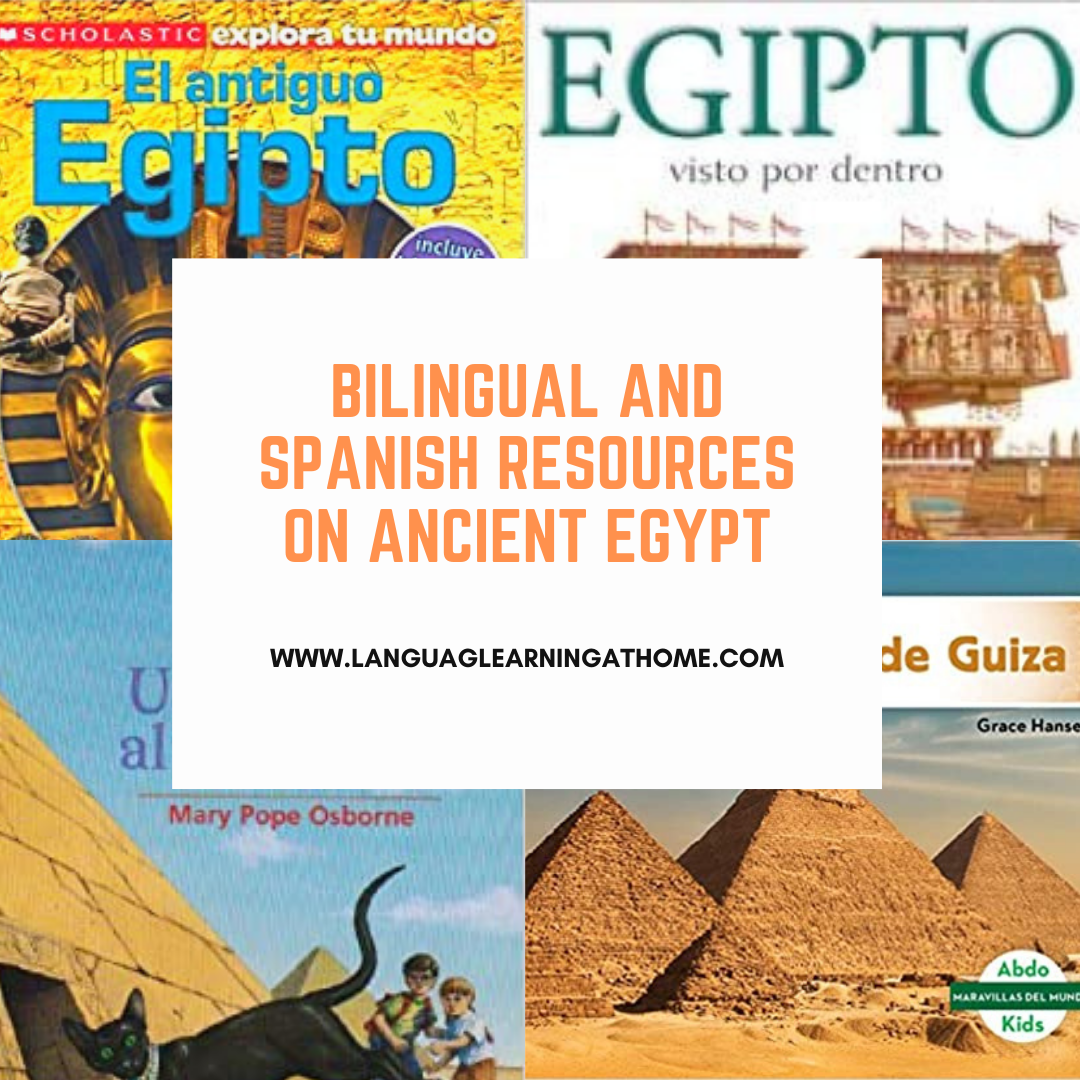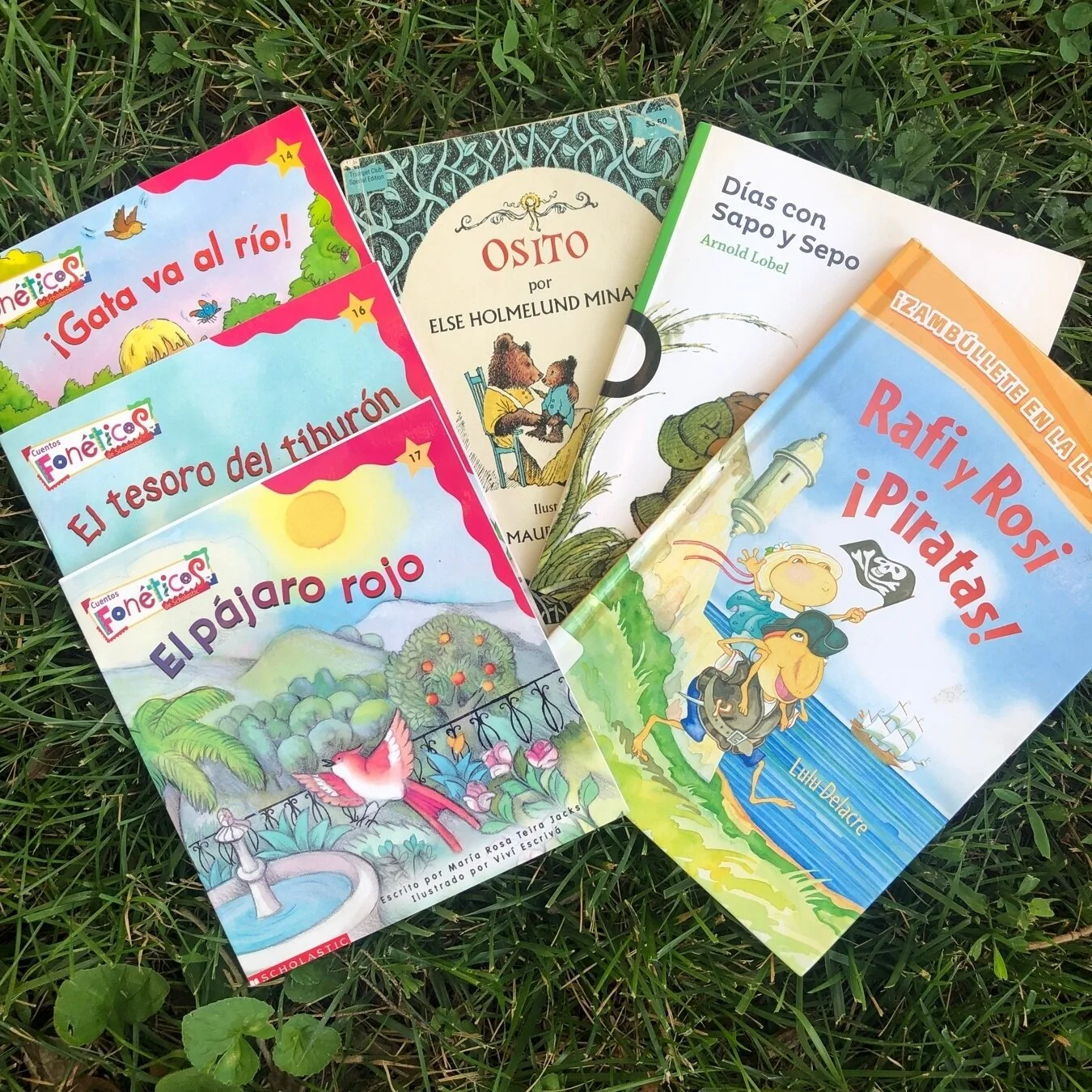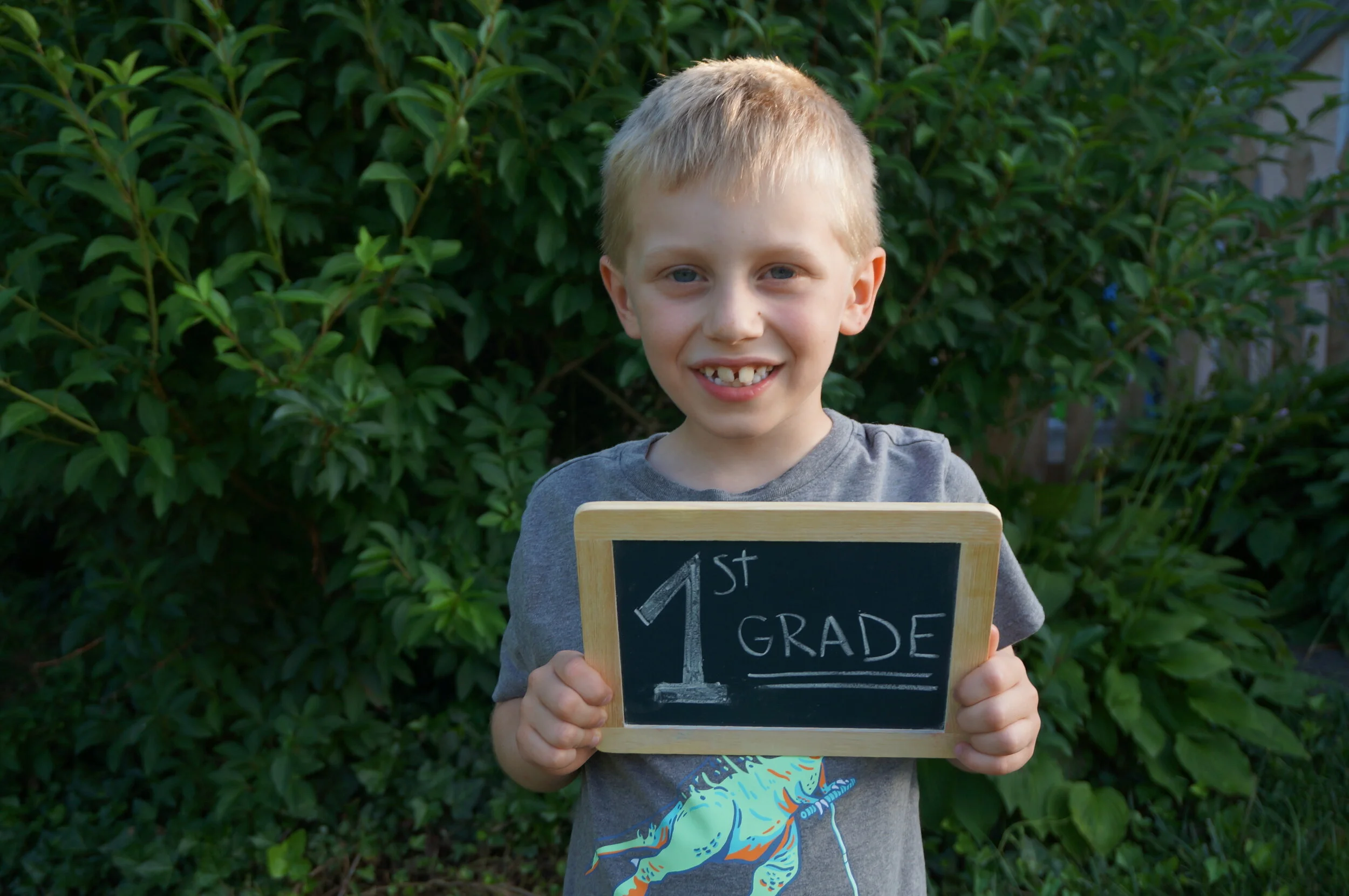*Some of the links below are affiliate links—meaning that I receive a small commission (at no cost to you) for any purchases made through them. For my full disclosure policy, click here.
Hi friends.
Over the past week, I’ve been reflecting on three things: what is being said about race on social media, whether or not social media is actually a productive place for these conversations, and what (if anything) I had to contribute. I did not feel comfortable saying anything until I could be sure that my ideas were helpful and could be shared in an appropriate venue, with the right motivations. This has taken much thought and prayer.
So, Why Am I Writing About This?
Please let me share with you where I’m coming from.
Racial equality is something that I care deeply about. After graduating college, I taught in DC Public Schools and then worked for two education reform organizations serving BIPOC students. In graduate school, I wrote my doctoral dissertation on the history of Black identity in Latin America. And although I do not write here about issues of racial equality, both this blog and my own homeschool are also informed by my commitment to that cause. I started this blog with the goal of helping homeschoolers learn foreign languages—not just so that they could be more professionally successful, but also to help them have the skills to build genuine relationships with people who are different from them, including people of different races. This is also a vision that I have for my own children and as a Christian, one that I have for myself. I look forward to one day being counted among a multitude of believers from “every nation, from all tribes and peoples and languages” who are worshipping Jesus together (Rev. 7:9). It is natural that we should work for racial justice on this earth to manifest the beauty of the Gospel and point to the heavenly reality that awaits us.
So, as you can see, race is something that I have spent most of my adult life thinking about in one way or another. Race relations in America is an extremely complex issue that intersects with many other social concerns, including class discrimination, policing, and public health—just to name a few. Even after working on these issues for more than a decade, I am still learning. At the same time, I have been intentional in teaching my children about race and racism in our homeschool and thought that it might be helpful for me to share with you what we’ve done so far—and to use this platform of mine to direct you to additional resources as well.
Teaching About Race: Some Resources and Tools For You
If you find yourself wanting to learn about race and racism in your homeschool, you might consider taking some (or all) of the following steps:
Think carefully about the worldview of your homeschool curriculum. Does your curriculum present mostly one-sided views of history, or does it give your children a well-rounded view of historical events? Gina Munsey of the Oaxacaborn blog has a great list of questions that you can use to help you figure this out as you make your choices. Here’s one way that I’m working on this in my own homeschool right now: rethinking how we study missions. Our Sonlight curriculum has a strong emphasis on missions, yet most of the testimonies that we’ve read over these past two years have been written by white missionaries. Could I complement these with texts by native missionaries writing about God’s work in their own countries? Of course! I’m now actively looking for those resources to add to our Morning Time (please let me know if you have any to recommend!). Two more resources have been particularly helpful to me as a classically-leaning homeschooler: this episode of the Ask Andrew podcast from the CiRCE Institute (entitled “Does Classical Education Value Other Cultures or Seek to Replace Them?”) and Susan Wise Bauer’s essay “On History, Children, and the Inevitability of Compromise.”
Learn from other homeschoolers who are members of BIPOC communities. Following the blogs and social media accounts of BIPOC homeschoolers can help you learn more about the histories and everyday realities of their communities as well as find resources for teaching your kids about those communities in a respectful and authentic way. Here are some writers that I follow and have learned from:
Read works that represent racially diverse viewpoints—and books that deal with race in other contexts. You can do this even in foreign languages! The French Cultural Center of Boston has put out a list of diverse picture books in French and Betty of the Chalk Academy blog has created a list of Chinese-language books about Black History. My own speciality, of course, is literature about the Afro-Latin experience, and my favorite books for children (which are also all available in English) are these: Drum Dream Girl, Pelé King of Soccer, The Poet Slave of Cuba, and Schomberg: The Man Who Built a Library. For teens and adults, I also recommend the book Black in Latin America (and its accompanying PBS series). You’ll also find more recommendations in my list of diverse picture books about Brazil.
ALSO include books about racism (not just about people of other races) in your read-alouds. For explicitly Christian resources, I personally like Trillia Newbell’s book God’s Very Good Idea and Shai Linne’s book God Made You and Me for children ages 3+. Both of these books do a great job of explaining how God made all different kinds of people, for His own glory. Redeemed Reader has a much longer list of Christian books about racism for kids of all ages. Common Sense Media has an extensive list of secular anti-racist books for kids. Learning Bilingually has also created a list of (secular) anti-racist Spanish-language picture books on her FB page if that would be helpful to you.
If you are a Christian, learn from other Christians who write abut these issues. I have learned much from Jamar Tisby, Thabiti Anyabwile, and Trillia Newbell and commend their work to you. The Civil War as Theological Crisis, written by Mark Noll—likely the preeminent Christian historian of our time—greatly deepened my understanding of the theological frameworks that Christians used to both support and oppose slavery in our country and helped me think about how today’s modes of Biblical interpretation influence Christians’ approaches to this issue.
This list is by no means exhaustive, but I hope that it serves as an encouraging “jumping off” point for you. Whether this is the first time you’re thinking about these issues or you’re launching a “deeper dive,” remember that all change begins with small steps. Whatever you are able to do today will have a positive impact on your kids and their generation, so start where you can and go from there.
If you have more ideas for me, I’d love to hear them. What resources have been helpful to you in learning about and teaching on these issues?


















